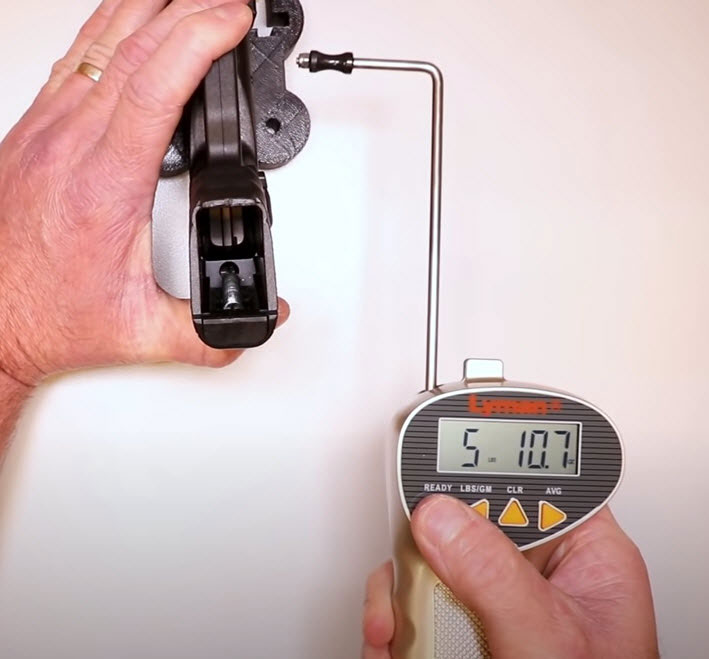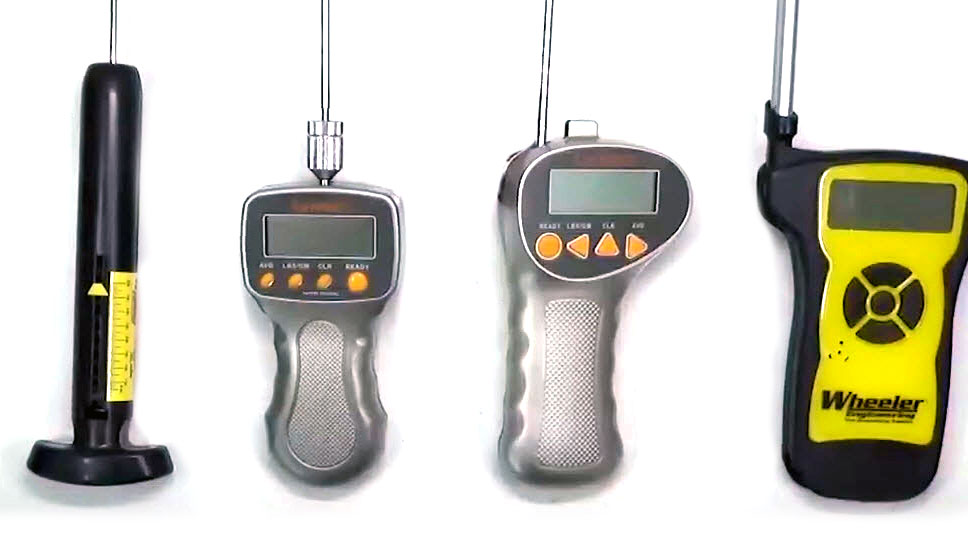Trigger Spring Kits - Average results can vary up to +/- 1lb
"How can this be? I should get the same exact trigger pull number you got in your video Chris!"
Well not necessarily. No two trigger pulls are ever exactly the same. There are so many variables at play with trigger pull values and manufacturing in general. Let's start with how no two firearms are ever manufactured exactly the same. There are plenty of variables in manufacturing that can create subtle variations among firearms. In manufacturing, there are acceptable ranges of tolerances for all things machined. In general you may be looking at a standard tolerance of +/- .005" but that can all be dependent on the part requirements and different manufacturing methods used today. Machining a part from a block of steel is much different than Metal Injection Molding a part. Depending on mold wear and even tool wear when machining a part, the tolerances will always be a moving target that manufacturers are trying to hit.
Now let's introduce another variable such as the date of manufacture or model changes that play a role in the additional stack up of variation among firearms. If you purchased one of the first produced Remington 870's back in the 1950's and then bought another one this year, would you expect them to look, feel and function exactly the same? I know this is a very extreme case due to the 70 year gap in-between manufacturing and the likelihood that they guy who built your 1950's era Model 870 is probably dead by now, but it at least illustrates the point that things change over time and nothing is ever made exactly the same. Even firearms produced in the same year or month of each other for that matter.
Not only is the age of your firearm a factor, but how worn it is due to usage is another one. Some guys may report having a lighter trigger pull than your brand new shotgun due to the fact that they have put hundreds of rounds through it over the years. This usage will cause wear to the hammer and sear engagement areas as well as wear to the spring, causing it to feel less stiff or lighter due to repeated compression and release cycles experienced during the normal operation. The constant locking and unlocking of the hammer and sear will smooth out any rough areas or variations in the machined surfaces, causing it to feel lighter and smoother as well.

Now for the final and most amusing aspect of trigger pull variation that we have witnessed, it can all be traced back to the method or device used to measure a starting and ending trigger pull weight. Some examples we have heard from folks over the years who were not completely satisfied with their results included tying sticks of butter to a string that was then tied to their trigger, or tying a string to a bucket and measuring the weight of the water added to give them a trigger pull weight. These examples are far from accurate or precise methods of which to get an accurate form of trigger pull measurement, and are quite frankly embarrassing.

From our experience we have found the Wheeler Professional Digital Trigger Pull Gauge to be far superior and the most accurate way to measure your firearm's trigger pull weight. Keep in mind that it is very important to brace and support your firearm in the exact same manner each time, as well as pulling the gauge directly in line with the barrel. We also prefer to use a running 5 pull average due to each subsequent trigger pull being slightly different from one another, due to the unavoidable human error element involved, which can be a number of variables from how fast you are pulling the trigger with the gauge or the alignment with the barrel or the method used to support the firearm each time you measure the trigger pull weight.
Please understand that these are not excuses, but merely facts and how they play into the possible variations in trigger pull results that anyone could experience across all firearms.
Respectfully,
Chris Nelson
President M*CARBO